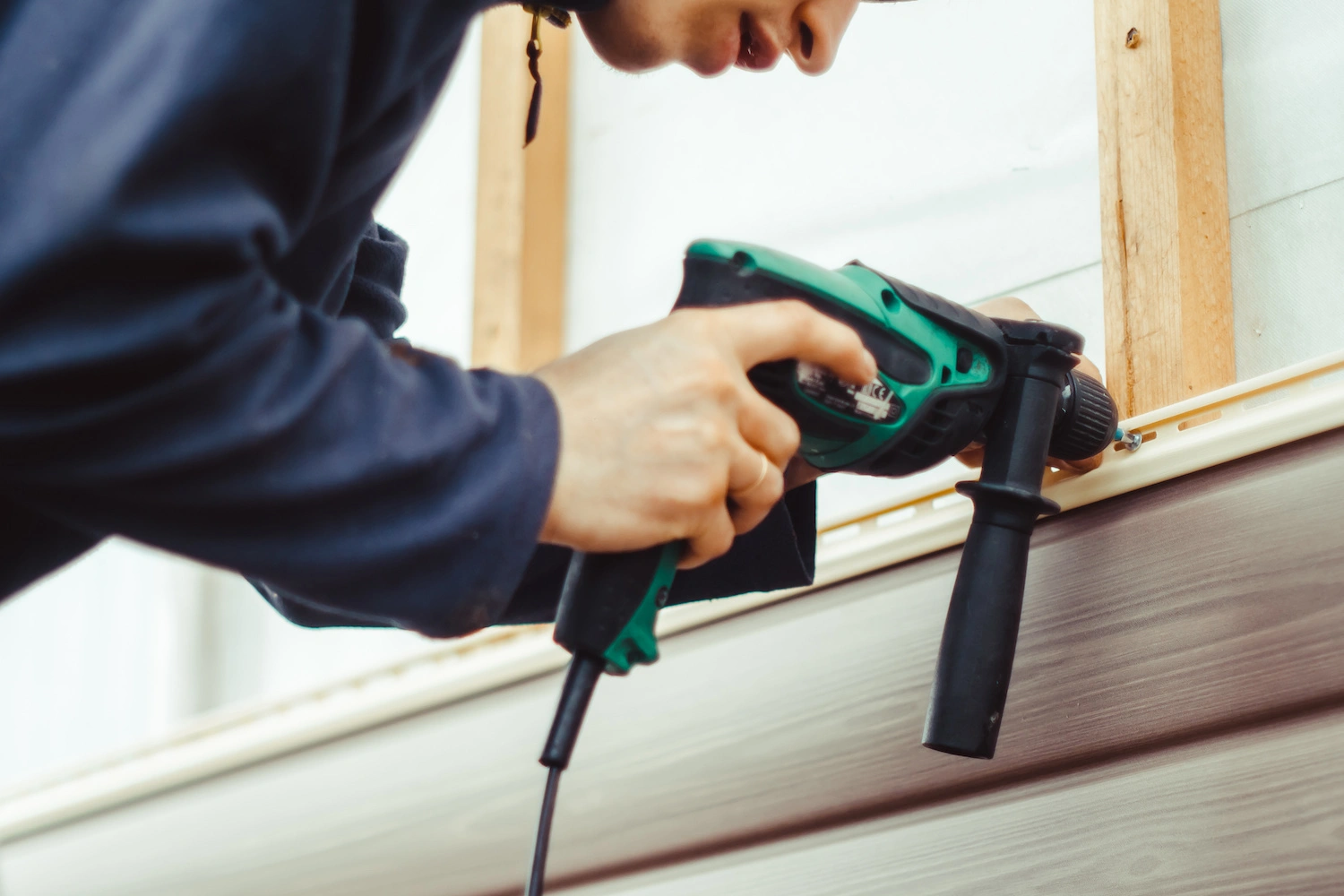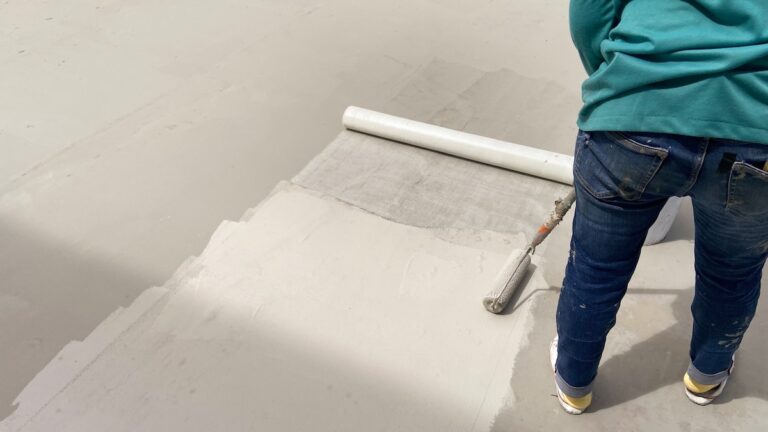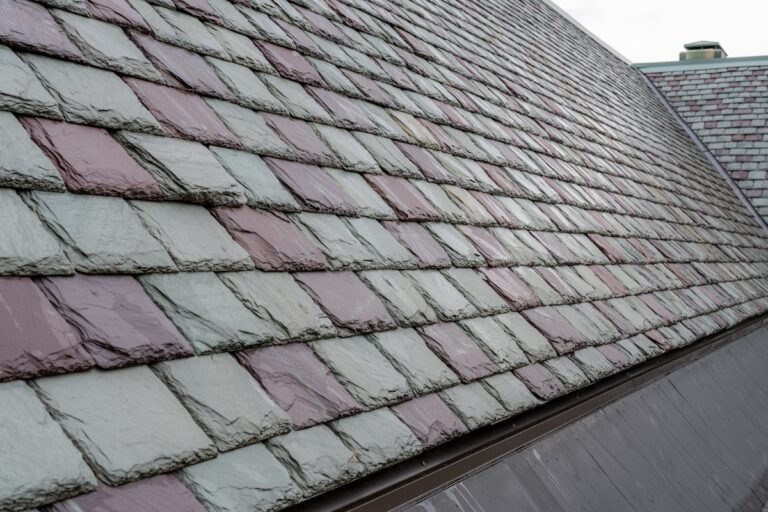Vinyl siding has become a popular choice for homeowners looking to enhance the appearance and durability of their homes. With its low maintenance requirements, versatility, and affordability, it’s no wonder why vinyl siding has become a go-to option for many.
Whether you’re considering a DIY installation or hiring a professional, having the right tools and understanding the signs for replacement are essential aspects to consider. In this blog post, we’ll delve cover everything you need to know about:
- Vinyl siding tools
- Installation
- Costs
Signs That You Need to Replace Your Siding
Before diving into the tools and installation process, it’s crucial to understand when your siding might need replacement. Here are some common signs to look out for:
- Cracks and Warping: Over time, exposure to harsh weather conditions can cause vinyl siding to crack or warp, compromising its effectiveness in protecting your home.
- Fading and Discoloration: If you notice significant fading or discoloration on your siding, it could indicate age-related wear and tear, requiring replacement to maintain your home’s aesthetic appeal.
- Mold and Mildew Growth: Moisture accumulation behind the siding can lead to mold and mildew growth, which not only detracts from your home’s appearance but also poses health risks to you and your family.
- Increased Energy Bills: Damaged or deteriorating siding can result in poor insulation, leading to higher energy bills as your HVAC system works harder to regulate indoor temperatures.
- Loose or Missing Panels: Loose or missing siding panels can leave your home vulnerable to water infiltration, pests, and other outdoor elements, necessitating prompt replacement to prevent further damage.
Benefits of Vinyl Siding
Vinyl siding offers numerous benefits that make it an attractive option for homeowners:
- Durability: Vinyl siding is designed to withstand the elements, including extreme temperatures, moisture, and UV exposure, ensuring long-lasting performance and minimal maintenance requirements.
- Versatility: Available in a wide range of colors, styles, and textures, vinyl siding allows homeowners to customize their home’s exterior to suit their preferences and architectural style.
- Low Maintenance: Unlike wood or metal siding, vinyl requires minimal maintenance, typically only requiring occasional cleaning with soap and water to maintain its appearance.
- Cost-Effectiveness: Vinyl siding is relatively affordable compared to other siding materials, making it a cost-effective option for homeowners looking to improve their home’s exterior without breaking the bank.
- Energy Efficiency: Insulated vinyl siding options are available to enhance your home’s energy efficiency, reducing heat loss in the winter and heat gain in the summer, ultimately lowering your energy bills.
Reasons to Consider DIY Installation
While hiring a professional contractor for vinyl siding installation has its advantages, DIY installation can be a viable option for homeowners who are handy and looking to save money. Here are some reasons to consider DIY installation:
Cost Savings:
DIY installation eliminates labor costs associated with hiring a professional contractor, potentially saving you thousands of dollars.
Personal Satisfaction:
Completing a home improvement project like vinyl siding installation can be incredibly rewarding, providing a sense of accomplishment and pride in your home.
Flexibility:
DIY installation allows you to work at your own pace and schedule, making it easier to fit the project into your busy lifestyle.
Control Over Quality:
By installing the siding yourself, you have greater control over the quality of the installation, ensuring that it meets your standards and specifications.
Learning Experience:
DIY installation provides an excellent opportunity to learn new skills and gain valuable knowledge about your home’s construction and maintenance.
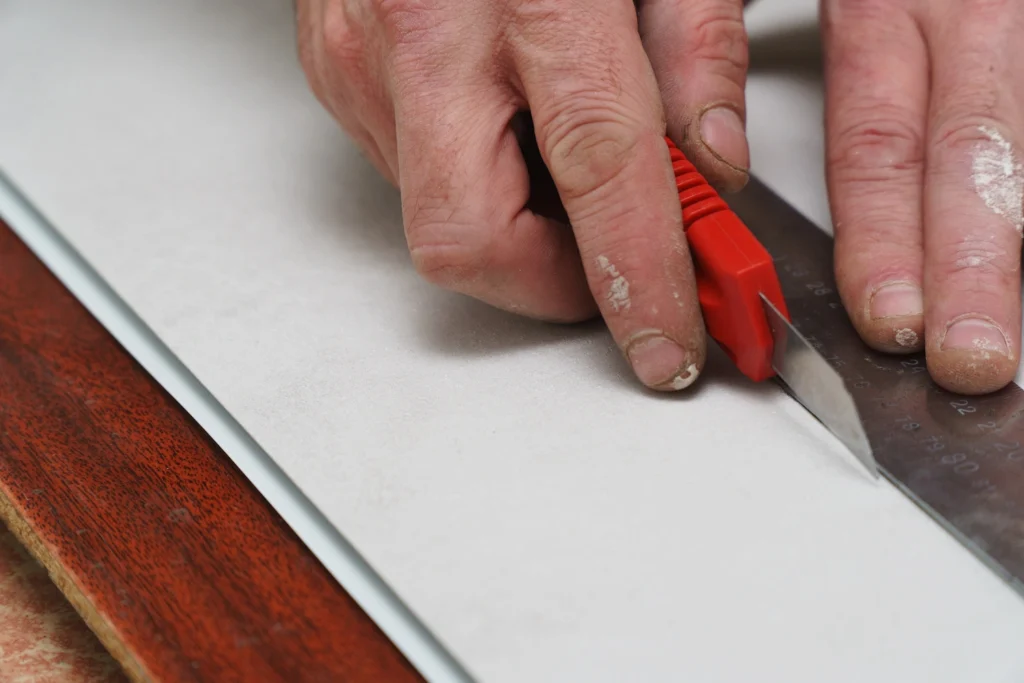
10 Vinyl Siding Tools You Need to Have
Before embarking on a DIY vinyl siding installation project, it’s essential to have the right tools on hand. Here are the essential tools you’ll need:
1) Tape Measure:
Accurate measurements are crucial for ensuring proper sizing and alignment of siding panels.
2) Utility Knife:
A sharp utility knife is essential for cutting vinyl siding panels to size and making precise adjustments during installation.
3) Level:
A level helps ensure that siding panels are installed straight and level, preventing unsightly gaps or misalignments.
4) Hammer:
A hammer is necessary for driving nails or siding nails into place securely.
5) Nail Punch:
A nail punch allows you to countersink nails below the surface of the siding, preventing them from protruding and causing damage.
6) Zip Tool:
A zip tool is used to unlock and remove siding panels, making it easier to replace damaged or worn-out sections.
7) J-Channel Cutter:
A j-channel cutter is specifically designed for cutting j-channels to size, ensuring clean and precise cuts for a professional finish.
8) Siding Removal Tool:
A siding removal tool helps pry and remove old siding panels without damaging the underlying structure or trim.
9) Siding Snips:
Siding snips are specialized cutting tools designed for cutting vinyl siding cleanly and efficiently.
10) Ladder:
A sturdy ladder is essential for accessing high areas of your home’s exterior during installation.
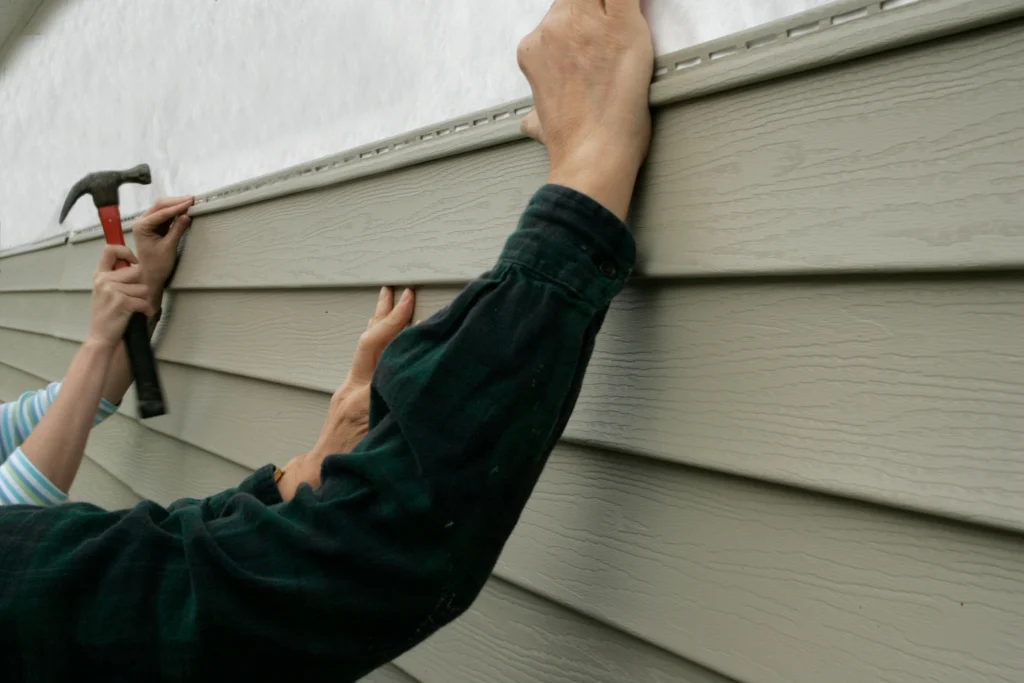
When to Leave It to a Professional
While DIY installation can be a rewarding endeavor, there are certain circumstances where hiring a professional contractor is advisable:
- Complex Installations: If your home has unique architectural features or requires extensive preparation work, such as removing old siding or repairing underlying damage, it’s best to leave the installation to a professional.
- Lack of Experience: If you’re inexperienced with home improvement projects or unfamiliar with the intricacies of vinyl siding installation, hiring a professional can help ensure a successful outcome.
- Time Constraints: If you have limited time available or prefer to avoid the hassle of DIY installation, hiring a professional contractor can expedite the process and provide peace of mind.
- Warranty Coverage: Some vinyl siding manufacturers require professional installation to validate their warranty coverage, so hiring a certified installer may be necessary to protect your investment.
- Safety Concerns: Working at heights can be dangerous, especially without the proper equipment or training. Hiring a professional contractor eliminates the risk of injury associated with DIY installation.
The Cost of Installing Vinyl Siding
The cost of installing vinyl siding can vary depending on various factors, including the size of your home, the quality of materials used, and whether you choose DIY installation or hire a professional contractor. Here’s a breakdown of the typical costs involved:
Material Costs:
The cost of vinyl siding materials typically ranges from $2 to $7 per square foot, depending on the quality and style selected. Higher-end options, such as insulated or premium vinyl siding, may cost more but offer enhanced durability and energy efficiency.
Labor Costs:
If you choose to hire a professional contractor for installation, labor costs can range from $3 to $7 per square foot, depending on the complexity of the project and local labor rates. DIY installation can save you on labor costs but requires a significant time investment and skill.
Additional Expenses:
In addition to material and labor costs, you may need to budget for additional expenses such as disposal of old siding, rental of specialized tools, and any necessary permits or inspections required by local building codes.
Work With the Pros
Vinyl siding offers homeowners a durable, low-maintenance, and cost-effective solution for improving the appearance and protection of their homes. Whether you choose DIY installation or hire a professional contractor, having the right tools and understanding the signs for replacement are essential for a successful outcome. By considering the benefits of vinyl siding, mastering the installation process, and evaluating the associated costs, you can make an informed decision that enhances your home’s curb appeal and value for years to come.
Contact Johnson Restoration to take care of your vinyl siding installation today!
